A Recipe For Making Liminal Spaces
- TOPOS

- Sep 16
- 7 min read
Updated: Sep 17
Article by Ian Witte

Figure 1: A dam in heavy fog. Serra da Estrela, Portugal. (Source: Ian Witte, 2022)
Welcome, reader! I am glad you took the time to stop by this article on your journey across this theme of liminal spaces. Did the other publications inspire you to venture deeper into the topic and imagine some of these uncanny spaces by yourself? Then hold it here for a little moment. I will use some of my own experiences I collected over the years to guide you along the recipe needed to craft such a liminal space.
The recipe is quite simple. I’ve taken some inspiration from the Reddit page titled ‘LiminalSpace’, which already features a guide for discovering liminal spaces. It also offers a broad range of examples collected by the community, if you’re interested in checking those out. Generally, you’ll need just five ingredients:
A transition space of your choice
A pinch of nostalgia
A small dose of transience
A flavour of ambiance of your choice
A bit of uncanniness for garnishing at the end
Transition spaces
The recipe starts by laying the foundation of your creation: the space. Liminal spaces are spaces of transition, or spaces offering transformative experiences (Wiggins, 2024). They are spaces where people typically pass through in everyday life – these people being strangers whose identities are unknown in the short instances you cross one another. Places like airports, railway stations, roads or corridors are often used as examples (figure 2, 3). Since we want a ‘space’ and not a ‘place’, these places would have to be stripped off all their entities: remove all humans and creatures that would otherwise shape the spirit of the place.
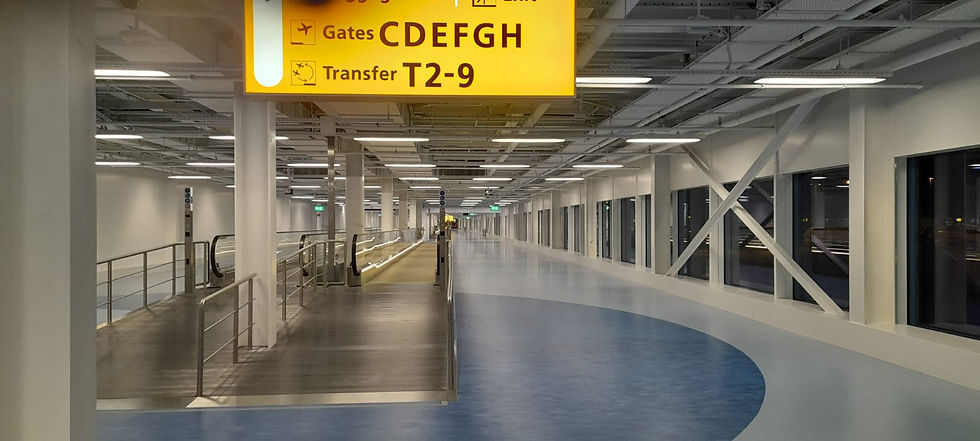
Figure 2: Schiphol Airport, The Netherlands. (Source: P. Hoffard, 2024)

Figure 3: Blaha Lujza Tér metro station, Budapest, Hungary. (Source: Ian Witte, 2022)
A liminal space is not restricted to these physical spaces otherwise bustling with livelihood. Liminality can be a social or cognitive ‘in-between’ phase (Schnugg, 2019) – a moment at which you are not at your destiny – a time during which you move from the known to what is unknown – a space between past and future (Hilger, 2022). You may even consider this recipe as a liminal space in your quest for becoming a liminal space designer. Just stop and think about it for a little while.
Nostalgia
Of course, we are always existing in a stage between past and future. But we are too occupied to stop and think about it. It is often stressors that take us out from our daily routine and face us with the liminal space around us. Hilger (2022) lists some of these biggest stressors as losses of dear ones, moving houses or switching jobs. Inherently, these are stressors every person experiences at some point in their lives – feelings of isolation we all must endure at some point. The people and places surrounding such a phase in life are, however, very personal. The sensation of being stuck in time, contemplating the memories of past chapters in life, relates to what matters next: a sense of nostalgia. As an example, Figure 4 shows a dune valley close to my parental home. I always hold strong sentimental values to this place and it feels liminal whenever I return there for a walk. Do beware! You should be careful with adding nostalgia to your creation. A pinch will be enough. To cite the Reddit guide – because nostalgia is a personal thing, it is hard for others to experience the same sense of liminality as you do. I was lucky to take this picture at a moment of drought, with seemingly perfect clouds overhead, giving a surreal landscape experience for not just myself.
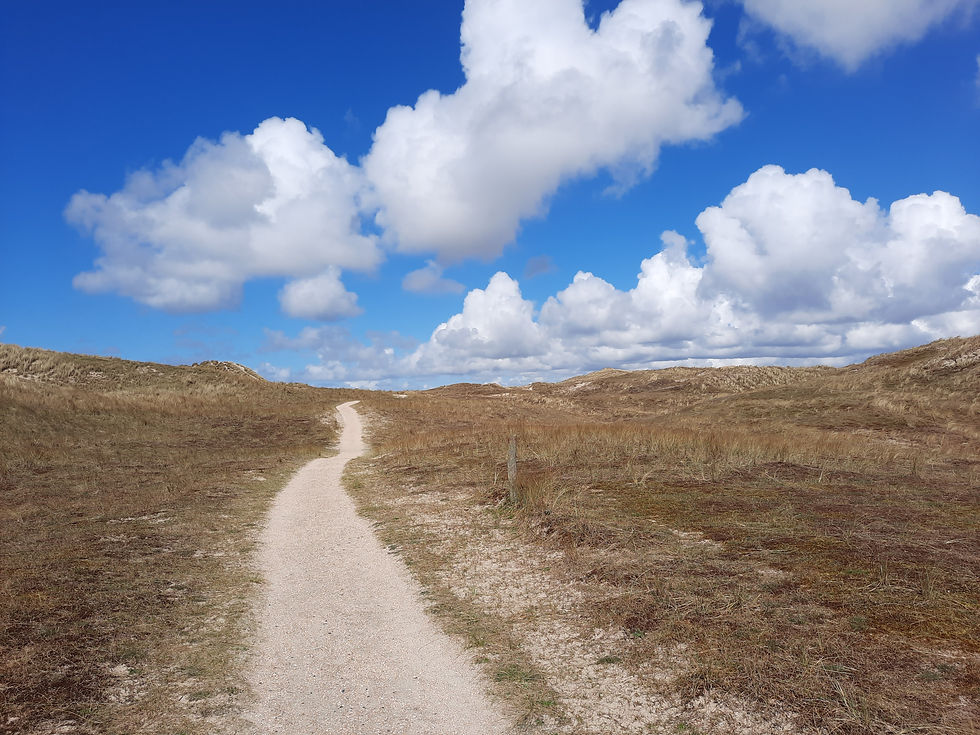
Figure 4: Dunes enduring drought in North Holland, The Netherlands. (Source: Ian Witte, 2021)
If you consider mainstream liminal spaces, you will quickly find spaces like ‘The Backrooms’, pools or malls. These are often outdated architecture and, especially if abandoned or decaying, giving them the feeling as though they are stuck in the past (Wiggins, 2024). I believe these hold just the right amount of nostalgia for anyone to experience the feeling of liminality. Photos are often combined with old effects, such as the vaporwave aesthetics of videotape recorders as seen on an RGB screen, or, as in figure 5, taken with flash photography. The question is whether younger generations, born in the digital age, will also be able to experience such liminal feelings when seeing said footage.

Figure 5: Waterslide in Holiday Park Kováčová, Slovakia. (Source: Pe3kZA, 2015)
Transience
Our next ingredient will be transience. The term refers to a moment that lasts only for a limited time. Such is with our first ingredient – a transition space, where little time is normally spent because you travel through it. However, transience is not limited to a tangible space. According to the Reddit guide, a certain state or abstract condition also qualifies as transience. An example of this would be a dream or a memory – an intangible space with a certain degree of surrealism. Adding this dream-like surrealism to your space can strengthen its liminal identity. A light example of this would be a space like Radio Kootwijk (figure 6). Higher levels of surrealism will give you seemingly endless corridors (figure 7) or infinite pools surrounded by those iconic tiles on all surfaces. Again, be careful, you wouldn’t want to add too much surrealism. Otherwise, you will enter the domain of the internet phenomenon known as ‘dreamcore’, where you can lose the credibility of a space.

Figure 6: Radio Kootwijk, Veluwe, The Netherlands. (Source: Ian Wite, 2022)
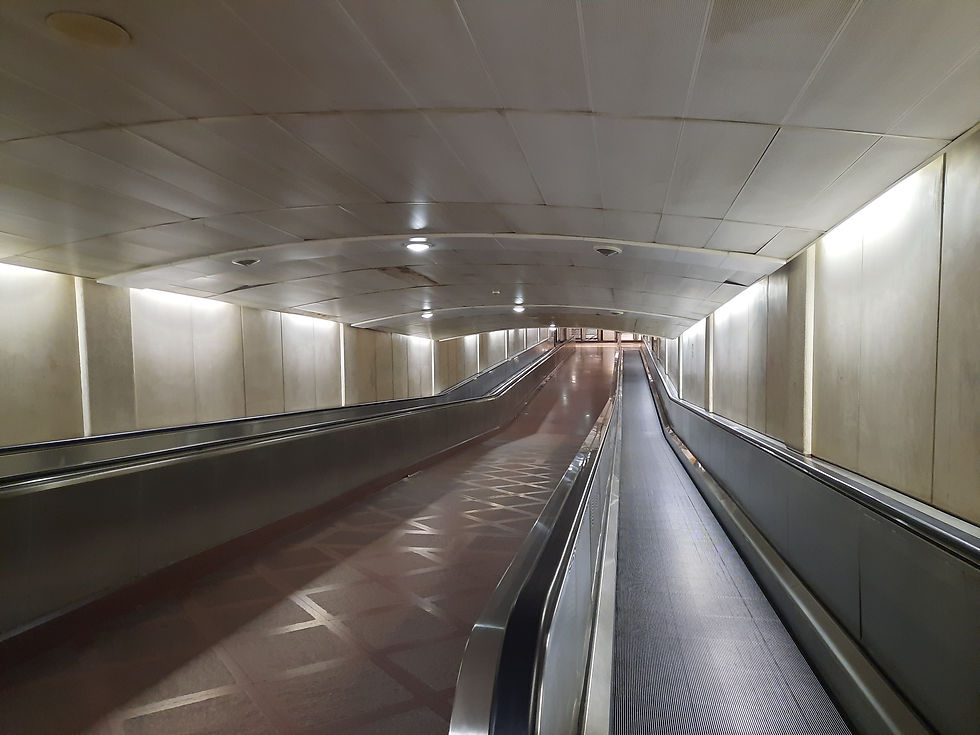
Figure 7: Underground passage at Restauradores station, Lisbon, Portugal. (Source: Ian Witte, 2022)
Ambiance
Okay, we have almost completed our recipe. The fourth ingredient, which will greatly influence the flavour, will be the ambiance. You can add as much of any flavour as you want – each will give your creation the effect that you wish to gain. Ambience is determined by environmental effects contrasting with how you’d normally experience a place. Think about rare weather like fog (figure 8) or snow (figure 9), which take you out of your normal routine. Time of day can also have an effect on this experience: whether it is sunrise, twilight, or the pure darkness of nighttime. Even a bright daytime sky may seem too perfect to be true. This also shows how each of the ingredients complement each other – unique weather events can add to the surrealism of your liminal space.

Figure 8: Mount Pilatus cable car, Luzern, Switzerland. (Source: Ian Witte, 2024)

Figure 9: Both snow and fog, Hveragerði, Iceland. (Source: Ian Witte, 2023)

Figure 10: Both snow and twilight, Hvanneyri, Iceland. (Source: Ian Witte, 2022)
Uncanniness
As the garnish on top, we have the uncanniness. A liminal space would not be complete without being at least a bit uncanny. This ingredient will make sure that you feel a certain level of discomfort. You can amplify this feeling very simply by using the ambiance. Figure 11 and 12, for instance, show familiar everyday environments for many of our readers, but uplifted to a different state as a result of environmental conditions.

Figure 11: Forum building, Wageningen, The Netherlands. (Source: Ian Witte, 2020)
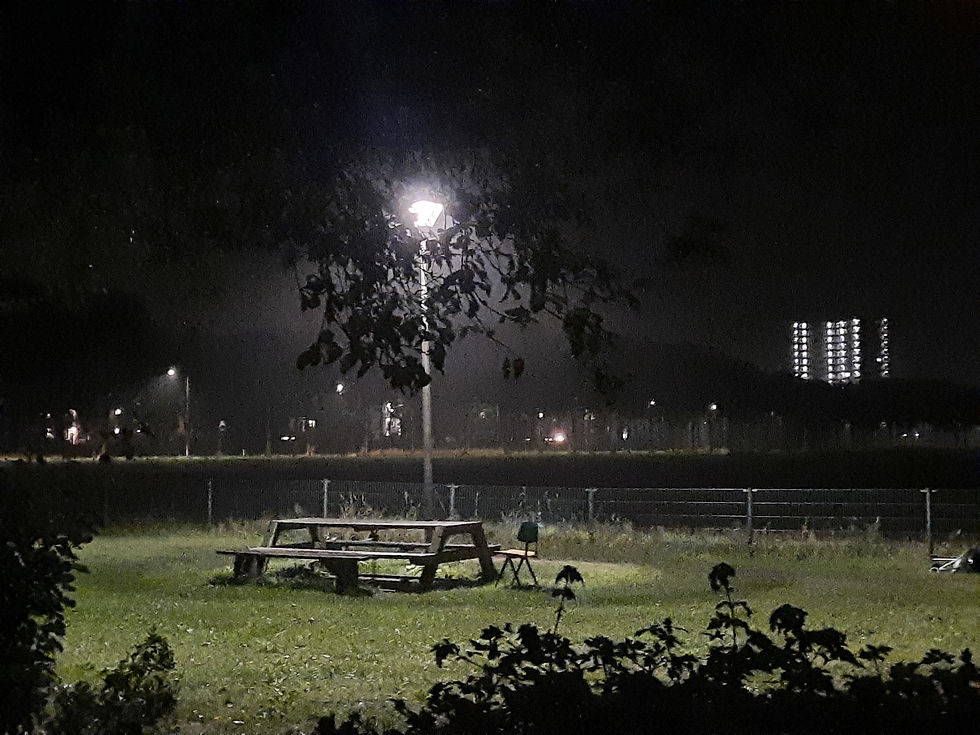
Figure 12: Haarweg garden, Wageningen, The Netherlands. (Source: Ian Witte, 2025)
A novel way to make a space more uncanny without relying on environmental conditions, is by removing the horizon. I’ve heard some people referring to this as being stuck and alone in an old game that relies on a spatial hierarchy to limit the playable area. You are free to move and interact with everything in the immediate area around you. Your boundaries are set at medium distance – you cannot see or move into the space that lies beyond. Everything further away is only decorative. A crucial element of our boundless reality, the identifiable horizon line, is not part of the setting. You are left to wonder if there is actually a bigger world out there.

Figure 13: Historical waterfront of Caxias, Portugal. (Source: Ian Witte, 2023)
One obscure example of a bounded reality is shown in figure 14. The spatial arrangement is so abstract that it invites more questions than you could answer. Combined with the sunlit ambiance, the space feels surreal, almost too perfect to be true. But what for?

Figure 14: A public space in Lisbon, Portugal. (Source: Ian Witte, 2022)
When it comes down to obstructing the horizon, us Dutch people have found our way in the need for providing coastal safety. Dikes frame the landscape, sometimes multiple in a row after the other. This segregates the depth of the landscape in distinct layers, almost like the two-dimensional stage decorations of a theatre show (figure 15).
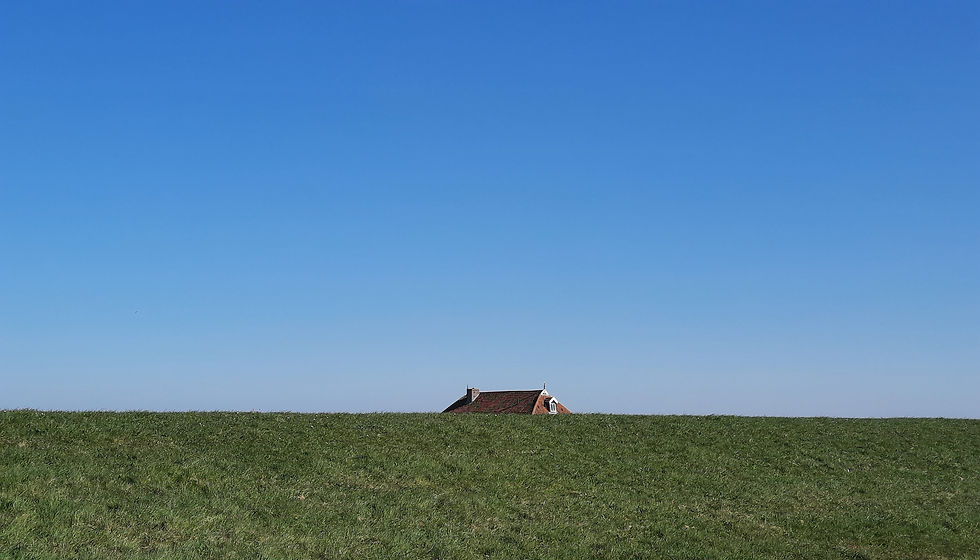
Figure 15: A dike in east Terschelling, The Netherlands. (Source: Ian Witte, 2025)
One trick that may help to add a sense of scale to such bounded landscapes, is by introducing depth. You could do this by adding elements like powerlines (figure 16), or other marks shown in figure 17: from solitary trees to dirt tracks between the fields, or even clouds shadows cast over the expansive terrain. That latter figure also ties to a well-known liminal space: the Windows XP background.

Figure 16: Cultivated wheat fields near Székesfehérvár, Hungary. (Source: Ian Witte, 2021)
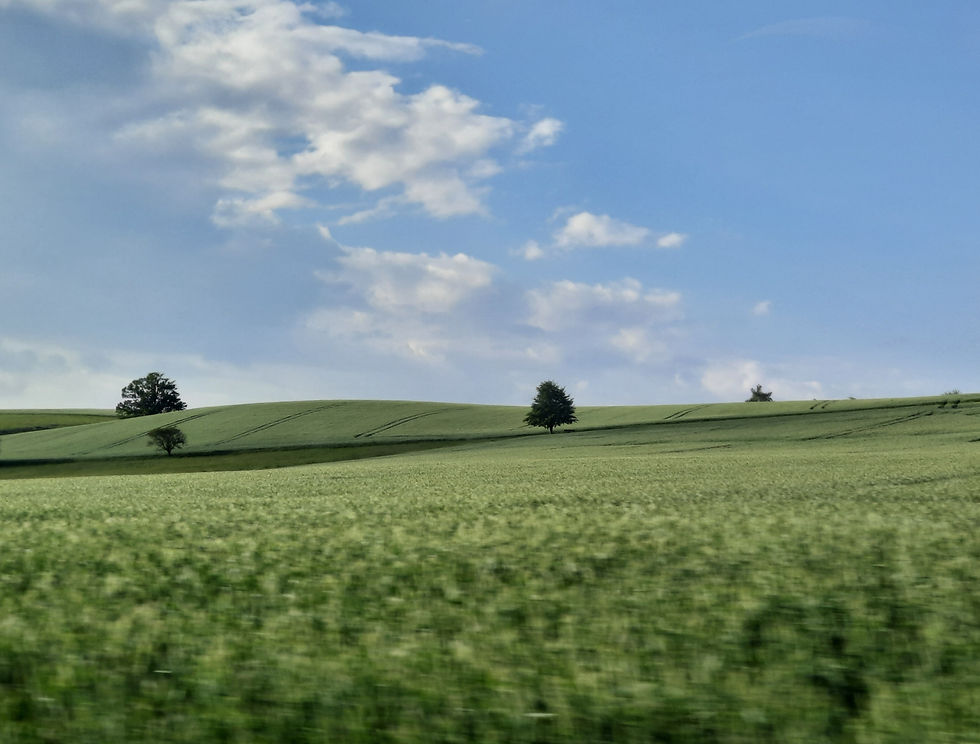
Figure 17: Meadows near Dresden, Germany. (Source: Ian Witte, 2024)
Result
There you have it, all the steps needed to serve your own (mainly outdoor) liminal space! I honestly have no clue why you’d ever need to design a liminal space for your profession. As planners and designers, liminal experiences are things we rather avoid in our designs. Because, why would we want to design a place that gives us a sense of danger, discomfort and isolation? Of course, fictional media sometimes need it to convey such an experience to its consumers. However, the only real-world example I can think of as a purposefully-designed structure, is the Jewish museum in Berlin (figure 18). Each part of the museum, from scale to material to arrangement, form, and even acoustics, let the visitors experience this sense of insecurity and disorientation. I personally cannot recommend using this building as an example of a liminal space in itself. On the one hand, because the museum and its spaces are a destination, built for visitors to linger and wonder. On the other hand, the museum’s connotation is simply too sensitive – it was designed to convey some of the horrors endured by the Jewish population during the second world war. The building merely shows us what is possible if the liminal experience is taken, transformed, and intentionally presented in a completely new space.

Figure 18: Memory Void chamber, Jewish Museum, Berlin. (Source: Ian Witte, 2023)
References
Hilger, R. (2022). Embracing Liminal Spaces. The Choral Journal, 62(5). Geraadpleegd van https://www.proquest.com/openview/f7090997a09f7734776a1a289697ad71/1?cbl=47671&pq-origsite=gscholar
Reddit. (2022). You Must Read This Before Posting. r/liminalspace. Geraadpleegd op 12 juni 2025, van https://www.reddit.com/r/LiminalSpace/comments/v6ihmx/you_must_read_this_before_posting/
Schnugg, C. (2019). Spaces In-Between: Liminality. Palgrave studies in business, arts and humanities (pp. 55–72). https://doi.org/10.1007/978-3-030-04549-4_4
Wiggins, B. E. (2024). The backrooms and liminal spaces: Explorations of a digital urban legend. New Media & Society. https://doi.org/10.1177/14614448241238395







Comments